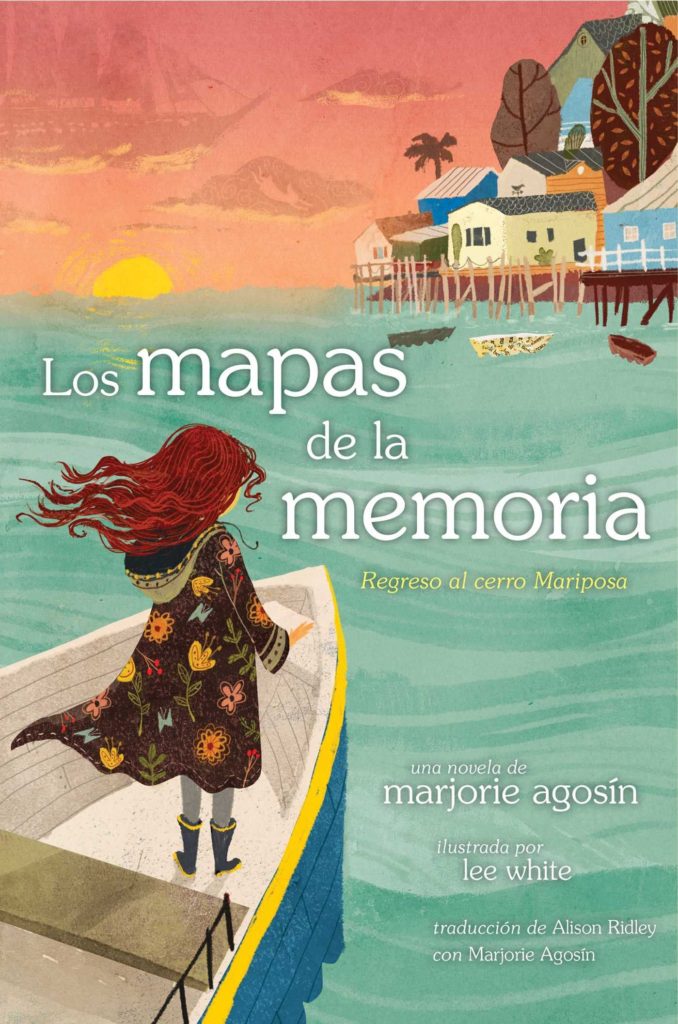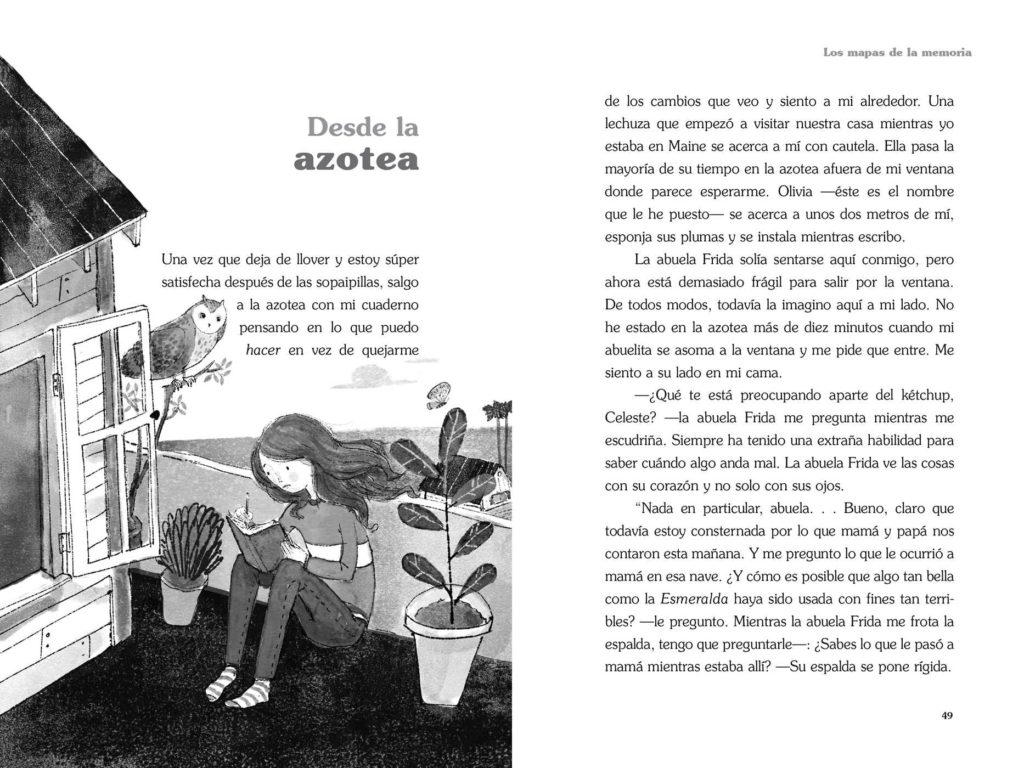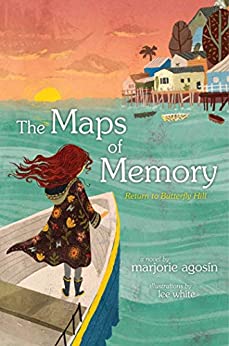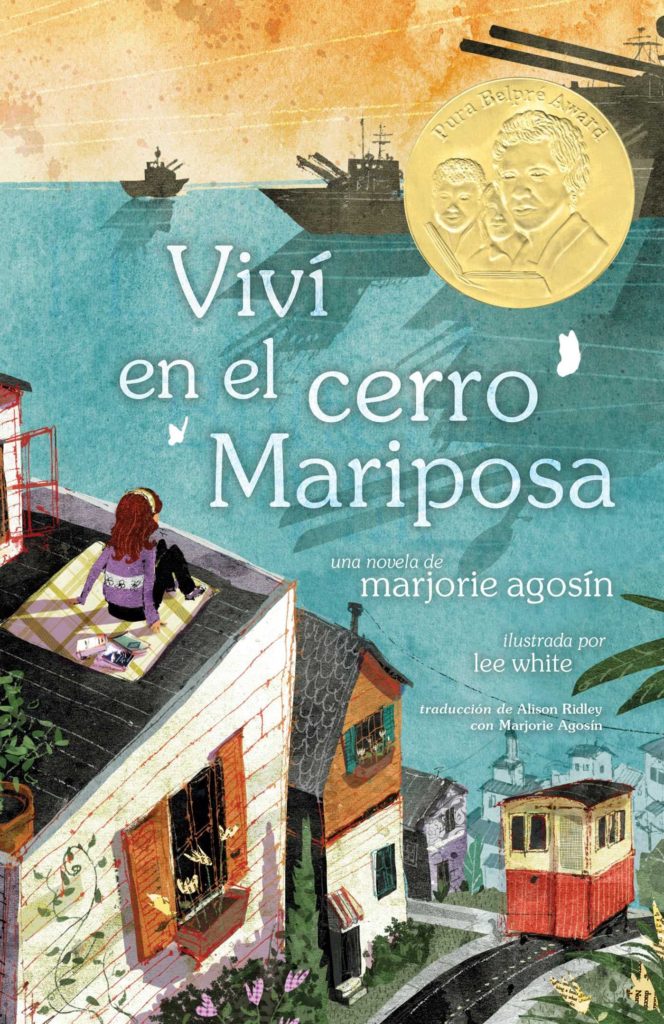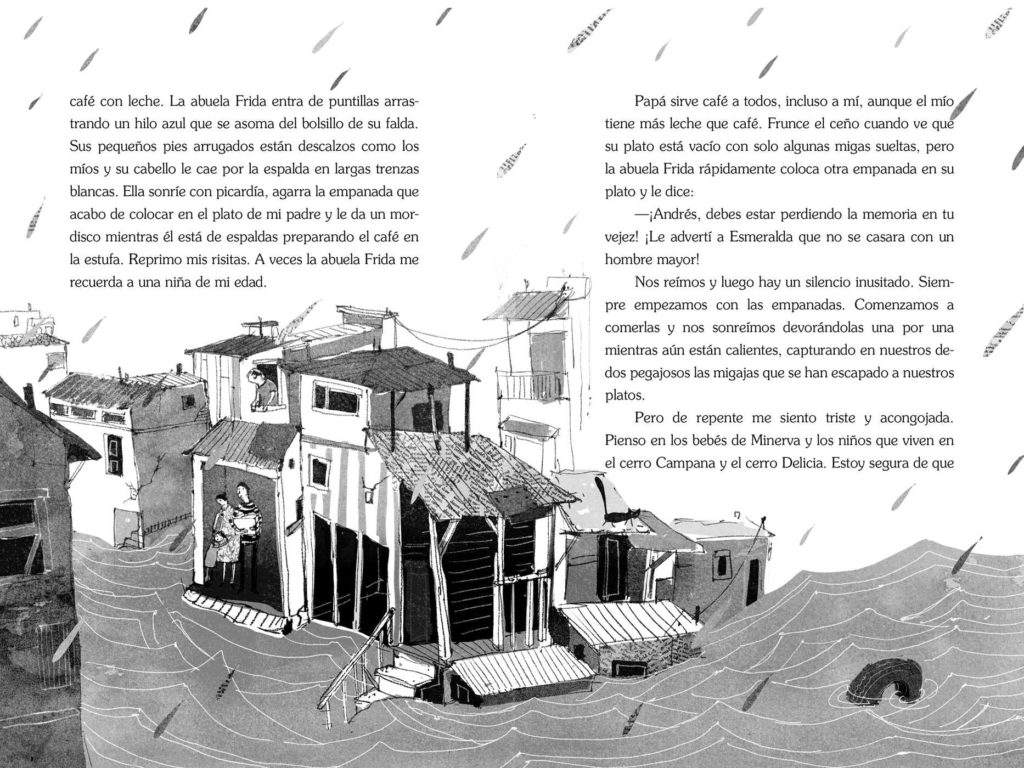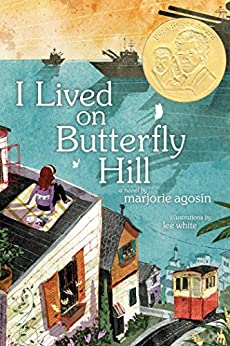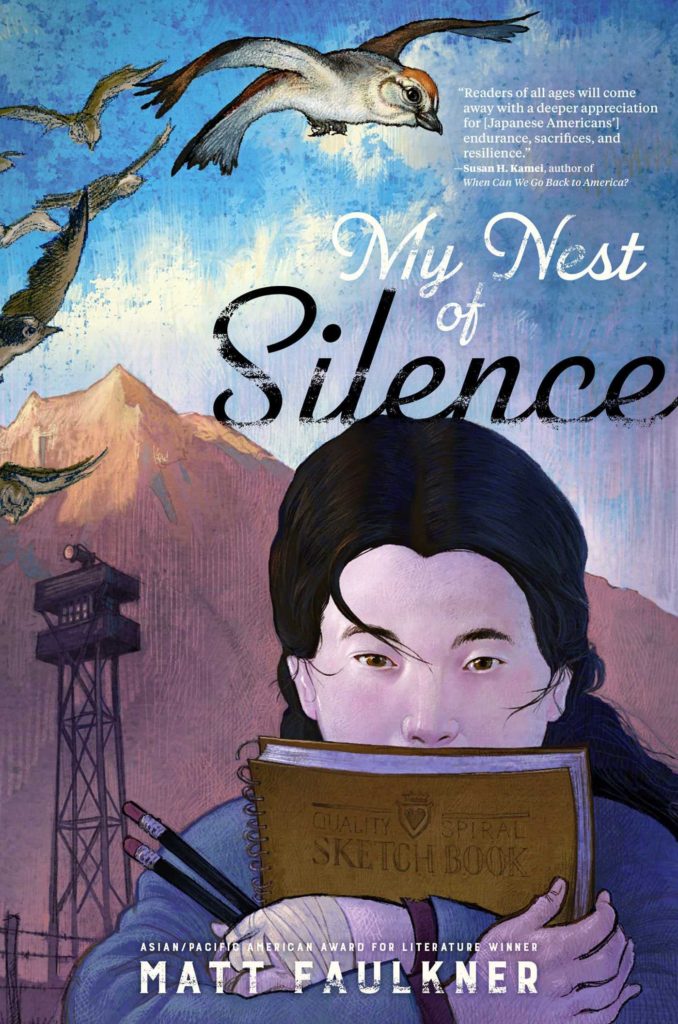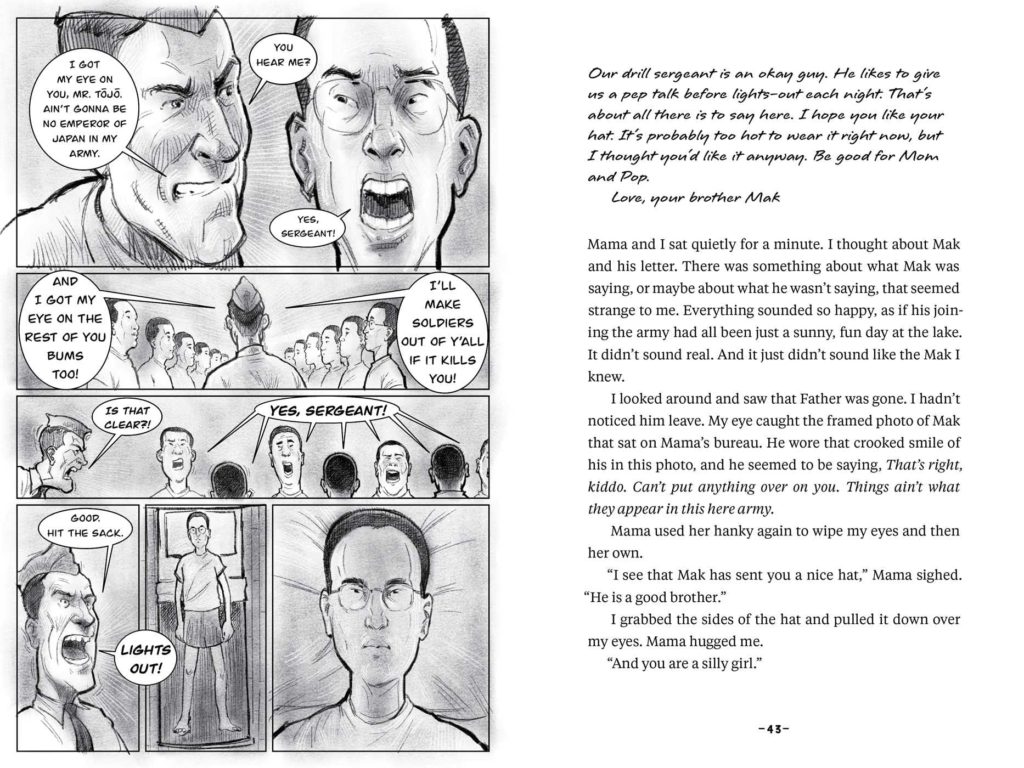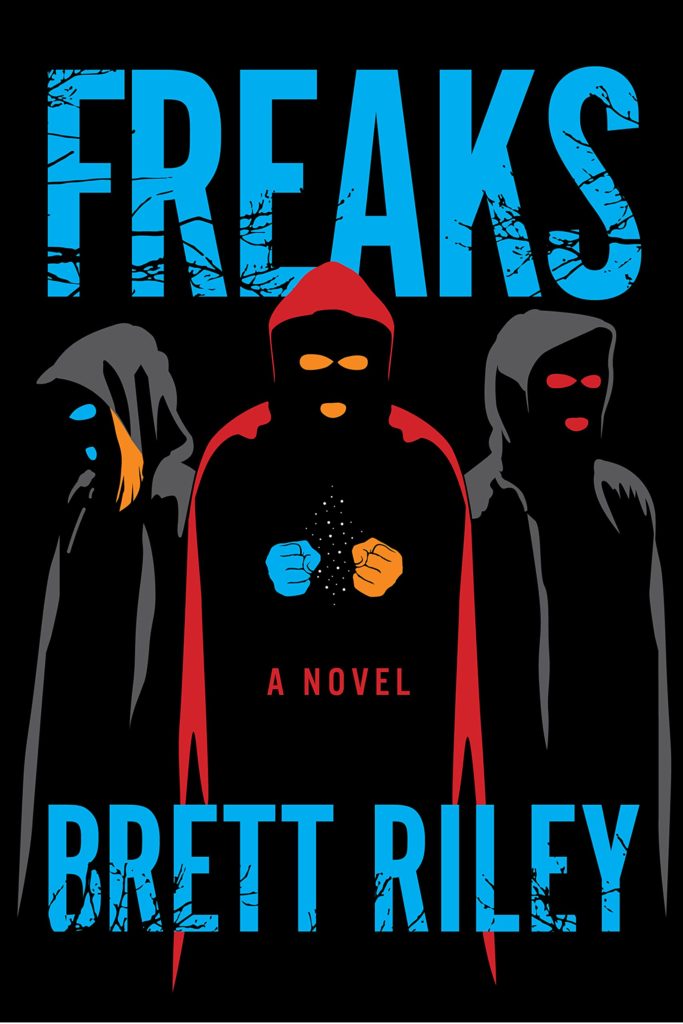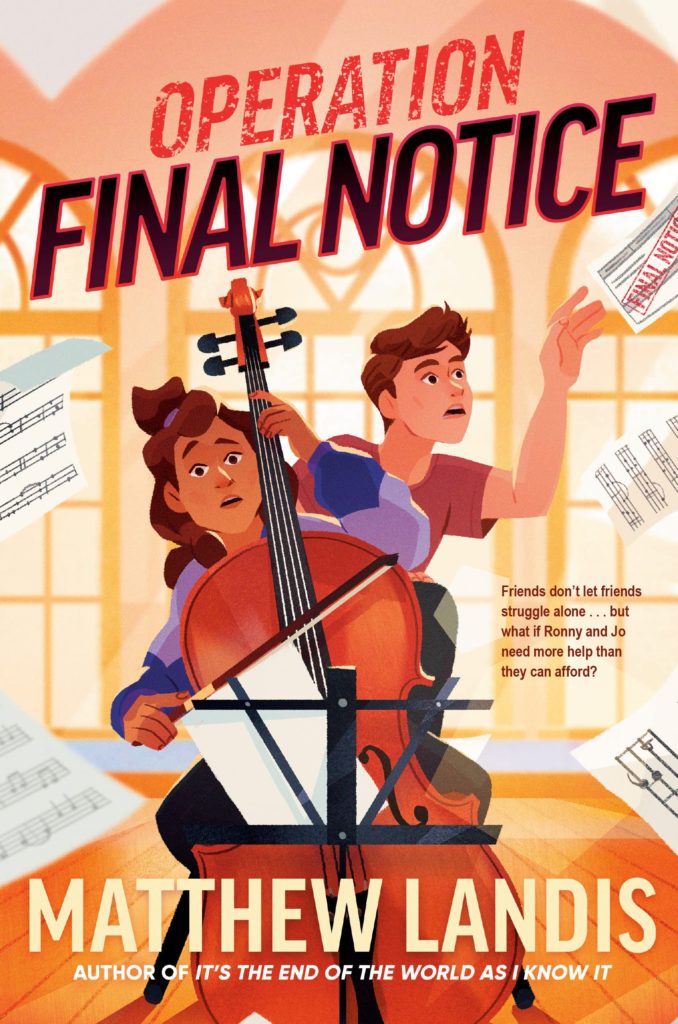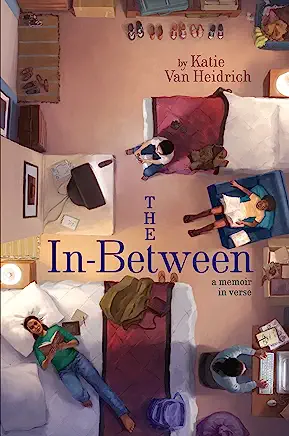Written by Reese Witherspoon, Illustrated by Xindi Yan
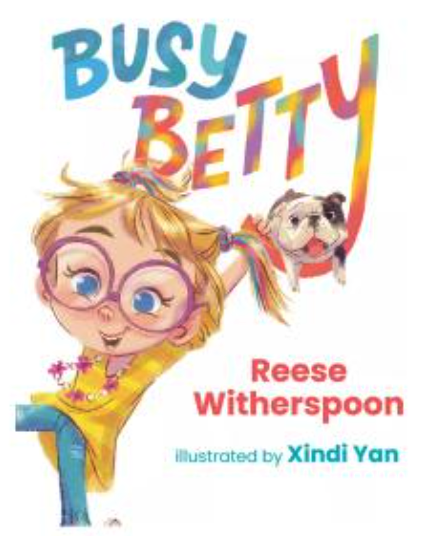
Betty is a whimsical go-getter who is always on the move. When she is getting ready for a playdate she realizes that her dog, Frank, really needs a bath. This is where things go a little crazy. In her attempts to clean Frank, Betty makes things messier than ever. But when her friend, Mae, arrives with even better ideas, success is in the future. This book shows that even the best laid plans can go not as planned but that with resilience and ingenuity, one can be successful.


